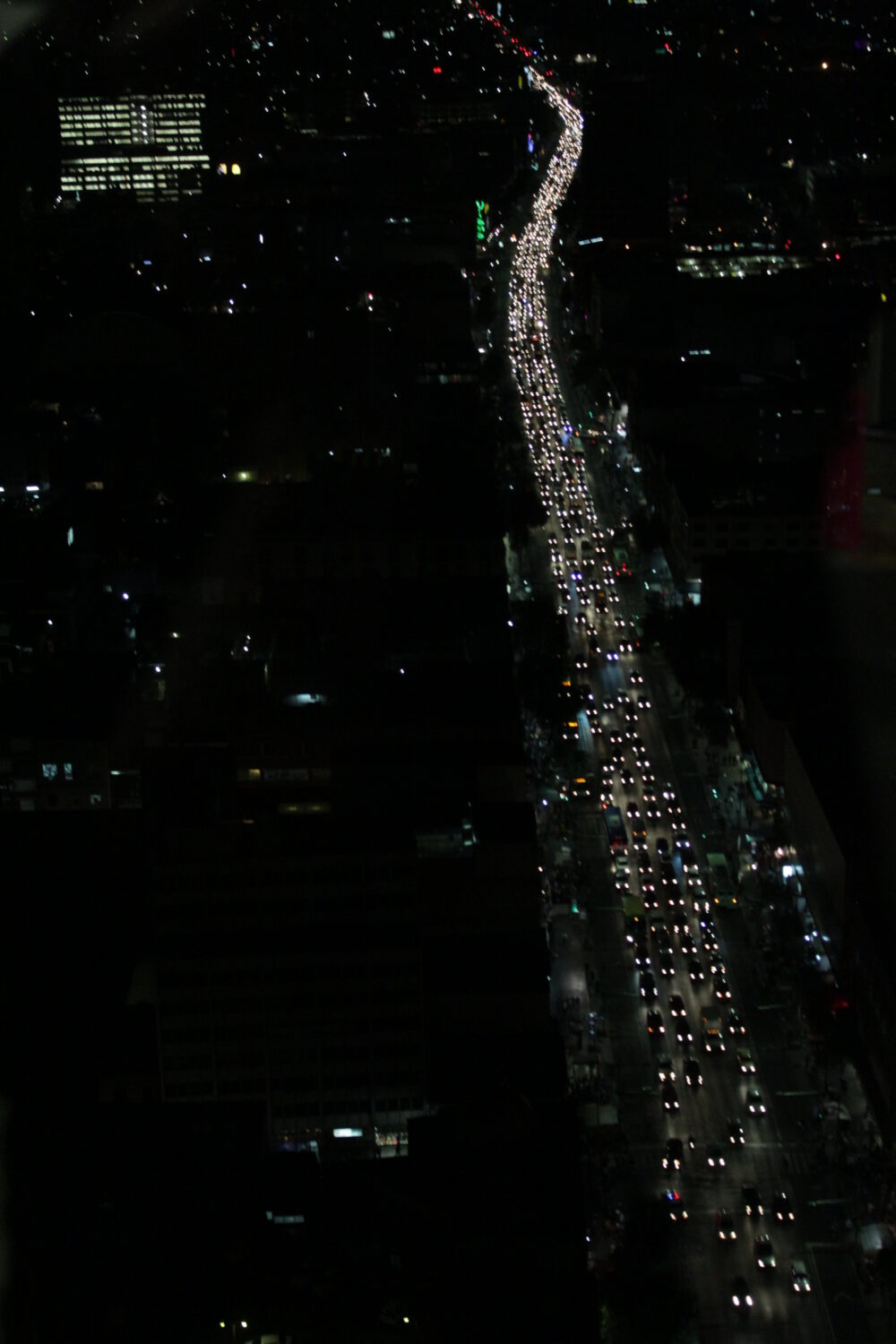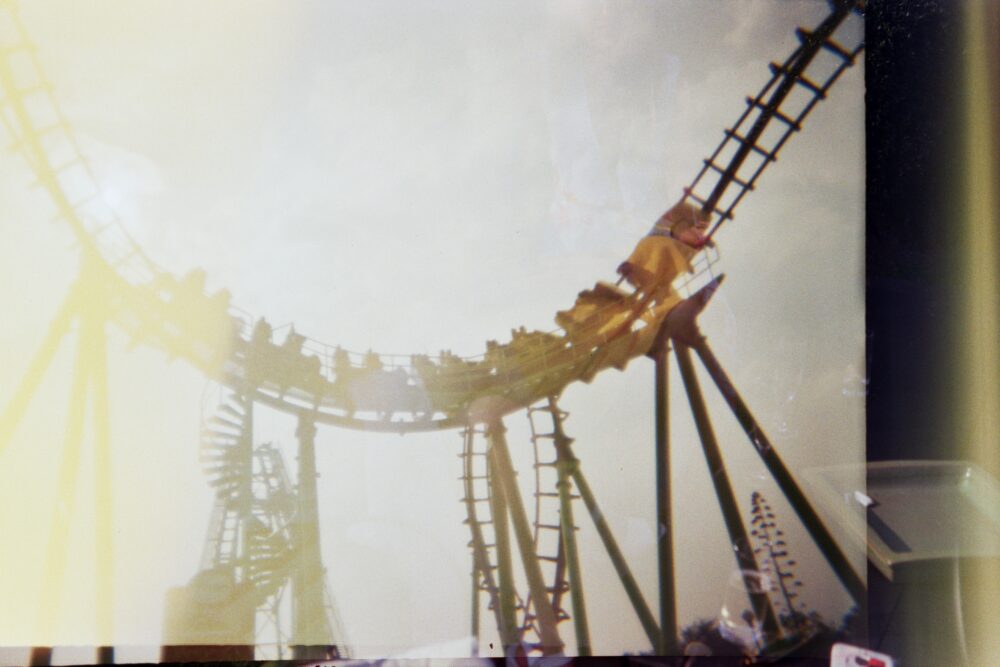Mobilisation: a massage therapist’s perspective
‘Mobilisation’ has taken on an onerous meaning in recent weeks, so I am inclined to write about this word in a positive sense. What mobilisation means in the sense of our bodies and how massage therapy promotes this integral function for human health and wellbeing.
Recently, I attended my second course with Sally Morris and Craig Foden’s On the Spot Training School for Massage & Bodywork. The two-day course focused on those areas of our bodies that (literally) bare the weight of our daily grind: the Neck & Shoulders and the Lower Back & Hips. My last course with this pair, Fabulous Fascia: an introduction to myofascial release, had a transformative effect on my approach to my work as a massage therapist, noted by regular clients. For a second time, I walked away from their course with a spring in my step (again, very literally) and newfound enthusiasm for working with the body in all its marvels and mysteries.
As with any topic taught at On The Spot, the emphasis of this course was on slowing down in our practice. Too often, massage therapy is funnelled into our busy lives as something to be ‘completed’ in one hour. We approach the treatment of our bodies as we do a task list – five minutes on the shoulders, eight minutes on the back, ignoring the months, years and entire lives it has taken us to accumulate those niggling aches, pains and stiffness we aim to relieve with a massage. To slow down is to acknowledge all that time, all that life lived, and to begin to read the body and respond to what those aches and pains are actually trying to tell us about ourselves. When we slow down, we are able to read between the muscles, between the fibres, fascial network and fluids, and discover the blockages in these that are the sources of our tension, our immobilisation. Then, we slowly begin to unravel them.
During our training, Craig and Sally shed light on the importance of soft tissue mobilisation. This means the ‘freeing up’ of fascial areas that are no longer the soft, spongy, fluid-filled tissues they want to be. Think of a traffic jam. When road blockages occur, vehicles build up, the surrounding air becomes congested and toxic, and the people in the cars become agitated because they can’t get to where they need to be. It is the same in our bodies. When fibres and fascia experience a blockage, whether through injury, surgery or general wear and tear, the surrounding area becomes congested, toxins build up and the nervous system becomes agitated. This reverberates beyond the blockage, causing discomfort in seemingly unrelated areas (think of all the ramifications a traffic jam has: the pain in your neck may be the flashing red ‘20 mph’ sign several miles down on the motorway!).
When we ‘mobilise’ the tissue, we allow spaces to re-open in our body’s tissues and fluids to move freely again. Massage therapy involves two people working with the body to achieve this (you and the massage therapist) through a combination of stretch, motion and pressure techniques, thereby increasing your range of motion, relieving pain, heightening proprioception (your sense of where your body is in space) and most importantly, activating the parasympathetic nervous system for a deepened sense of relaxation.
Of course, massage therapy achieves the above as part of an integrated self-care system. This is what we mean when we talk about ‘holistic’ therapies; they require input from you! Soft tissue mobilisation in self-care can be achieved through light exercise, yoga, positional adjustments and even dietary adjustments. Ultimately, the meaning of ‘mobilisation’ becomes the same in (self)-love and war: more power to you.


